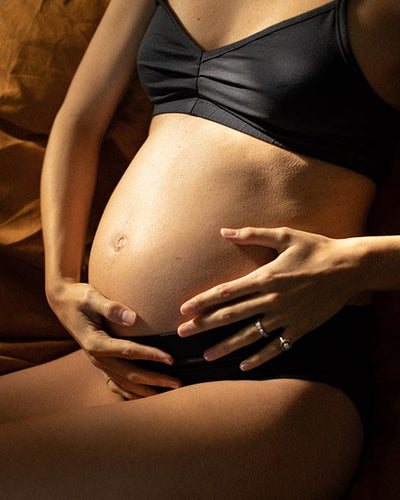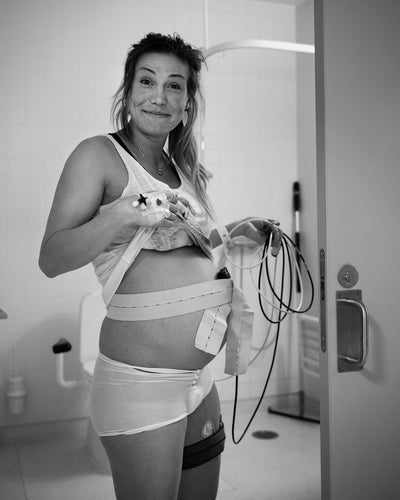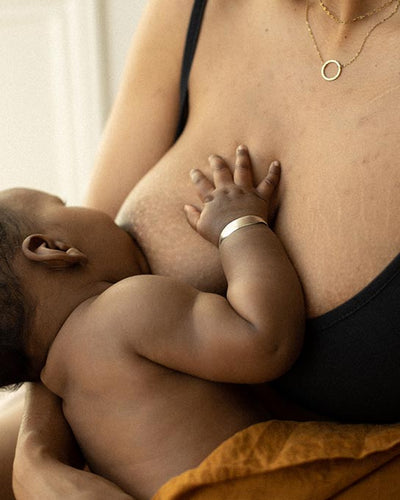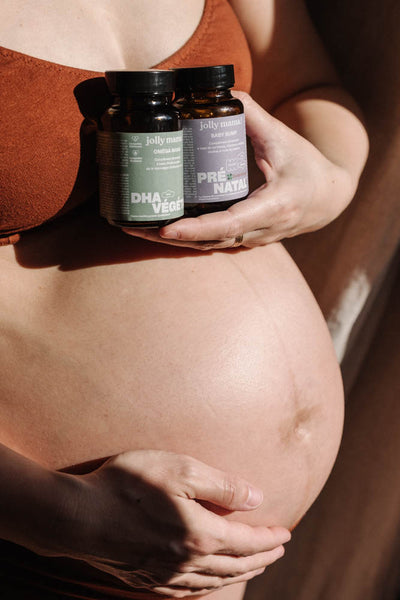Endometriose ist eine Erkrankung, bei der Gewebefragmente, die den Geweben der Gebärmutterschleimhaut ähneln – auch „Endometrium“ genannt – außerhalb der Gebärmutter wachsen. Diese Inseln der Gebärmutterschleimhaut stellen Herde der Endometriose dar und besiedeln am häufigsten die Organe des Unterbauchs über die Eileiter (den Darm, die Eierstöcke, den Darm oder die Blase). Seltener können sie andere Organe erreichen, indem sie in die Lunge oder das Gehirn gelangen (auch wenn dies sehr selten ist)!
Wie die Gebärmutterschleimhaut sehen die Herde der Endometriose aus und verhalten sich wie das Endometrium: Sie wachsen während der Follikelphase und versuchen, während der Menstruation zu entleeren.
Menstruationsblut, das sich in der Gebärmutter befindet, fließt durch die Scheide ab. Aber außerhalb des Mutterleibs gibt es keine „Ausgangstür“. Dies verursacht Entzündungen und Schmerzen. Das betroffene Gewebe entwickelt sich dann zur Narbenbildung, was zu Narbenadhäsionen führt, dann zu Unebenheiten wie Zysten nach der Überlagerung von Narben.
Es wird geschätzt, dass ungefähr 10 % der Frauen im gebärfähigen Alter (zwischen 15 und 49 Jahren) an Endometriose leiden, was mehr als 176 Millionen Frauen weltweit entspricht [1]. Eine Erstdiagnose zu stellen ist ein wichtiger erster Schritt, um mit einer angemessenen Behandlung zu beginnen.


























